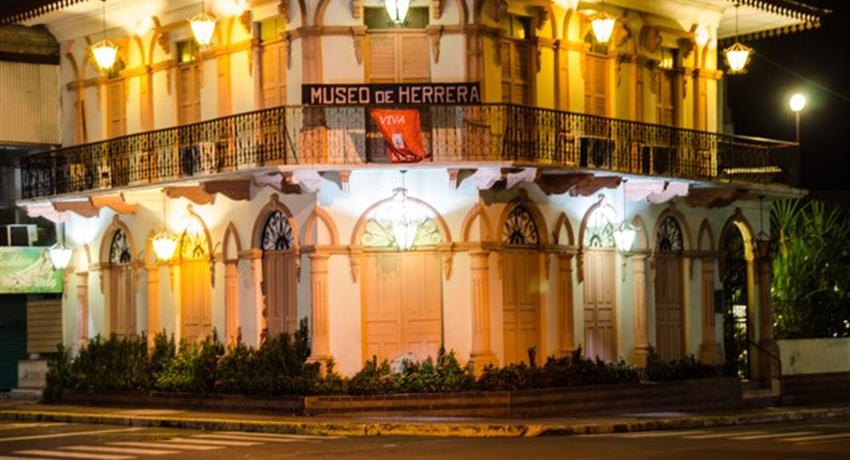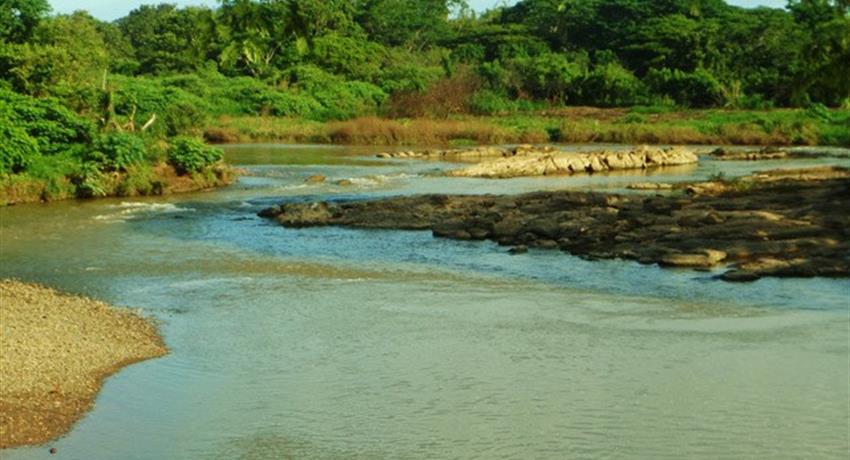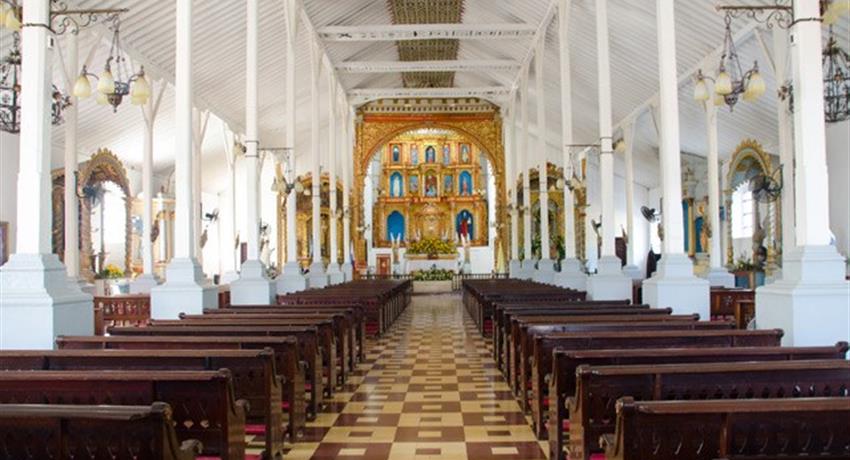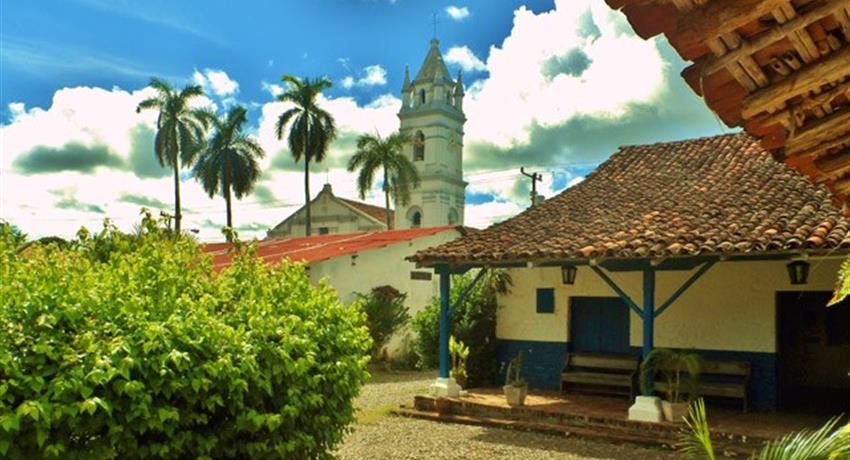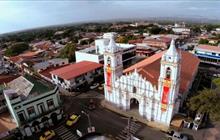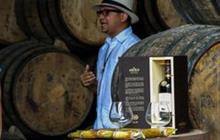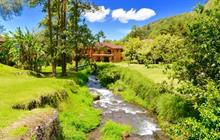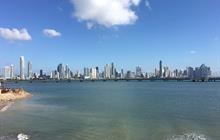The Lands of Cubitá
On this tour you will discover the most important sites around La Villa de Los Santos from Pre Columbian, Colonial and Republican times. You will explore the hidden hieroglyphs in La Villa river, climb up to the Necropolis of Cerro Juan Diaz and visit the colonial style house where La Villa de Los Santos declared its independence from Spain in 1821.
- Discover the most important sites around La Villa de los Santos.
- Climb a hill which holds the Necropolis of Cerro Juan Diaz.
- Explore mysterious petroglyphs hidden along the shore of La Villa River.
AVAILABILITY
Daily
DURATION
4 hours
START LOCATION
Chitré
END LOCATION
Chitré
TOUR LANGUAGE
English and Spanish
Related places and things to do
Detailed Description
The petroglyps at Sitio Los Olivos are symbolic designs carved in a rock formation on the shores of La Villa River which in pre-Columbian times was known as Cubitá River. It is impossible to date the origin of the petroglyphs with accuracy or even to know their exact purpose, even though it is assumed the rock carvings were either used for astrology, ceremonial sites, as border stones or to indicate water sources. The carvings at Los Olivos are geometrically shaped and especially the form of a spiral is frequently used.
Cerro Juan Díaz is a hill overlooking La Villa River and was used by the local indigenous population as a settlement and burial site from approximately 200 b.C. until 1600 a.C. Archeologists assume that the famous Cacique Paris with all his treasure was buried in this place, even though no hard evidence has been found so far. Cerro Juan Díaz overlooks the lowlands where the indigenous settlement of Santa Cruz de Cubitá was founded in 1558.
La Villa de Los Santos was founded in 1569 during the Spanish colonial times, when settlers originating from Natá, Paritá, Santa Cruz de Cubitá, Mensabé and Guararé decided to build a new settlement on the shores of Cubitá River. However, the people of Natá were against the foundation of this new city and sent a small army to Los Santos to destroy the village. The conflict between the two towns had to be settled by the Spanish Crown which decided that Los Santos was to be founded but not with the title of “Ciudad” (City), but rather with the less important title of “Villa” (village) – hence today’s name La Villa de Los Santos. The citizens of Los Santos have ever since been quite rebellious, and on November 10, 1821, Panama’s independence movement from Spain initiated in La Villa de Los Santos and then moved forward from here through the entire country to culminate in Panama’s declaration of independence from Spain on November 28 of the same year.
Tour Tickets (may vary by date)
| Ticket | Price (USD) |
|---|---|
| General (P/P) | 40.00 (USD) |
Tour Itinerary
8:00 AM
Tour Departure
Included
- Transportation from/to Chitré.
- Bilingual tour guide.
- Entrance fees.
- Water.
- Snack.
Recommended
- Sneakers or hiking shoes.
- Comfortable clothes.
- Long pants.
- Hat.
- Sunglasses.
- Sunscreen.
- Camera.
Cancellation Policy
Price is valid for groups of minimum 4 persons from/to Chitré. Contact us for rates for smaller groups, different pick-up points (Pedasi, etc.) and our monthly specials.
